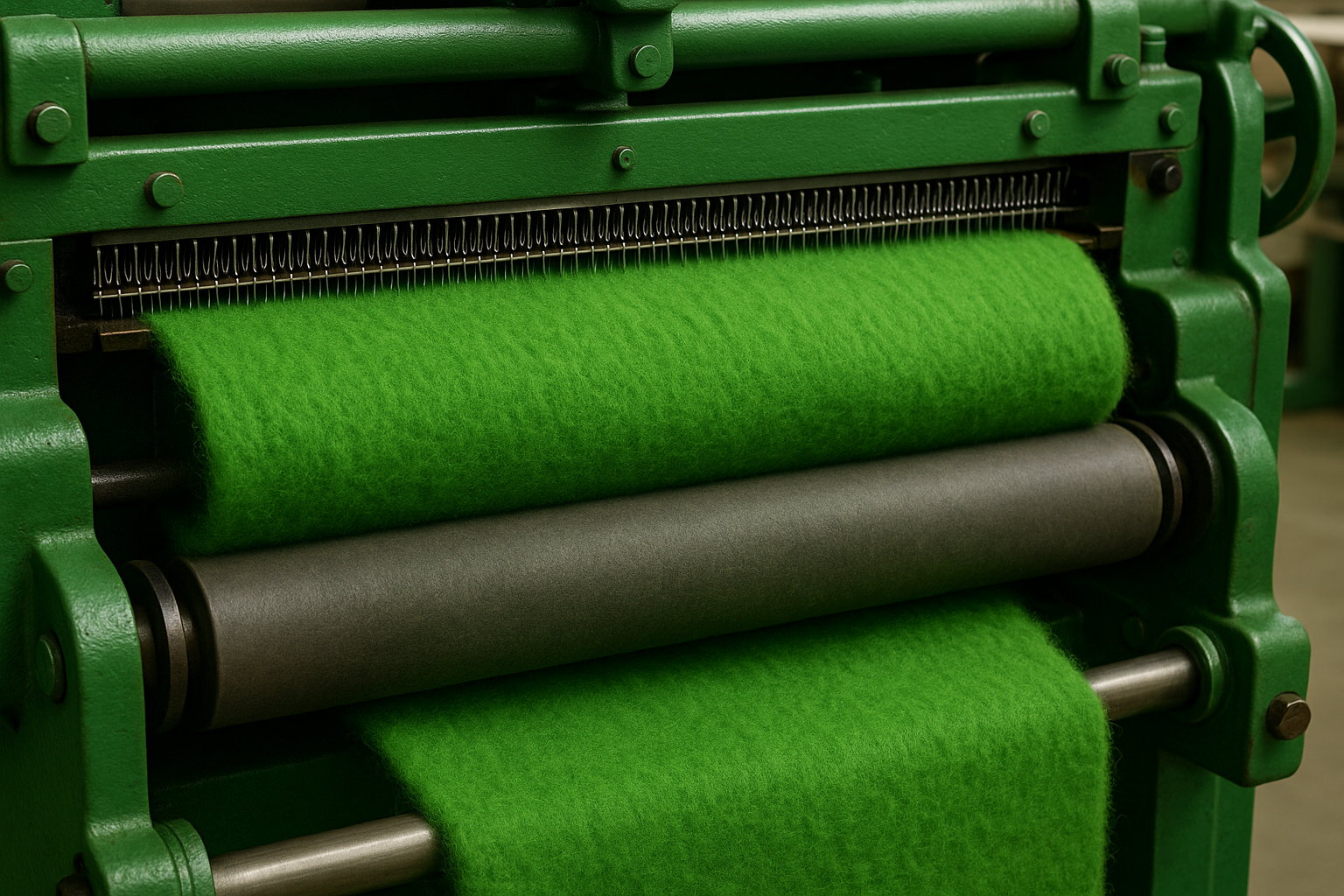A felt machine is a specialized tool used to produce felt, a non-woven textile created by matting and compressing fibers together. Depending on the scale and complexity of the felting process, these machines are used in industrial settings and by crafters. Whether you’re a textile manufacturer or a fiber artist, understanding how a felt machine works and what types are available can help you choose the right equipment for your needs.
What Is a Felt Machine?
A felt machine automates the felting process, which traditionally involves applying moisture, heat, and agitation to wool or other natural fibers. The machine presses or needles the fibers until they lock together into a dense fabric. The two most common types of felt machines are:
- Needle felting machines
- Wet felting machines
Each type serves a different purpose and is suitable for different projects or production scales.
Types of Felt Machines
1. Needle Felting Machine
Needle felting machines use a series of barbed needles that move up and down rapidly to entangle the fibers, creating a dense and structured felt. These machines range from small tabletop versions for hobbyists to large industrial models for mass production.
Features:
- No water or heat required
- Precise shaping possible
- Ideal for 3D projects, appliqué, and surface decoration
Best for: Artists and crafters making detailed felt art, dolls, or decorative items.
2. Wet Felting Machine
Wet felting machines replicate the traditional method of using hot water, soap, and agitation. They gently press and roll the fiber layers until they fuse into fabric.
Features:
- Requires water and detergent
- Simulates manual rolling and pressure
- Creates smooth, flat felt
Best for: Making sheets of felt, wearables like scarves or hats, and wall hangings.
Industrial Felt Machines
In textile production, industrial felt machines are large, automated systems that process wool or synthetic fibers on a massive scale. They can handle various fiber types and produce consistent results, which is essential for commercial products like:
- Felt sheets and rolls
- Automotive felts
- Industrial insulation
- Furniture padding
These machines can combine needle felting, wet felting, and fulling processes depending on the desired outcome.
Choosing a Felt Machine
When selecting a felt machine, consider the following:
- Purpose: Are you crafting or manufacturing?
- Material: Will you be using natural wool or synthetic fibers?
- Project size: Small, occasional projects vs. large-scale production.
- Precision: Needle felting machines are more precise for decorative work.
Maintenance and Safety
Felt machines, especially needle felting types, have sharp moving parts and must be operated with care. Here are some general tips:
- Keep hands away from needles
- Regularly clean the machine
- Oil moving parts if specified by the manufacturer
- Store in a dry, clean area to prevent rust or damage
Final Thoughts
A felt machine can dramatically speed up the felting process while offering consistent and professional results. From crafting decorative pieces with a needle felting machine to producing industrial-grade felt with wet felting machines, there’s a tool for every scale and skill level. Understanding the machine’s functionality and your project’s needs will help you make the best choice.

